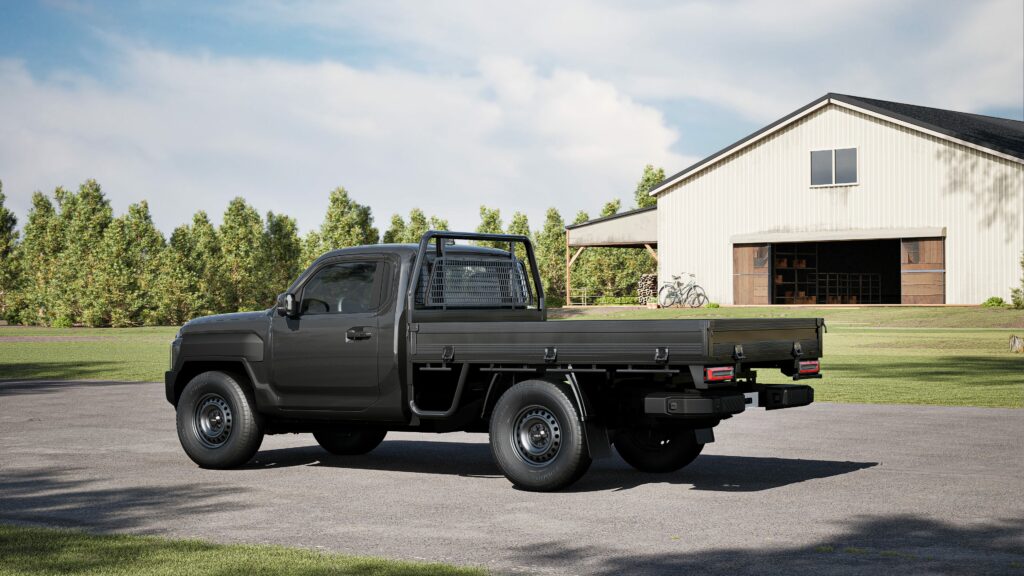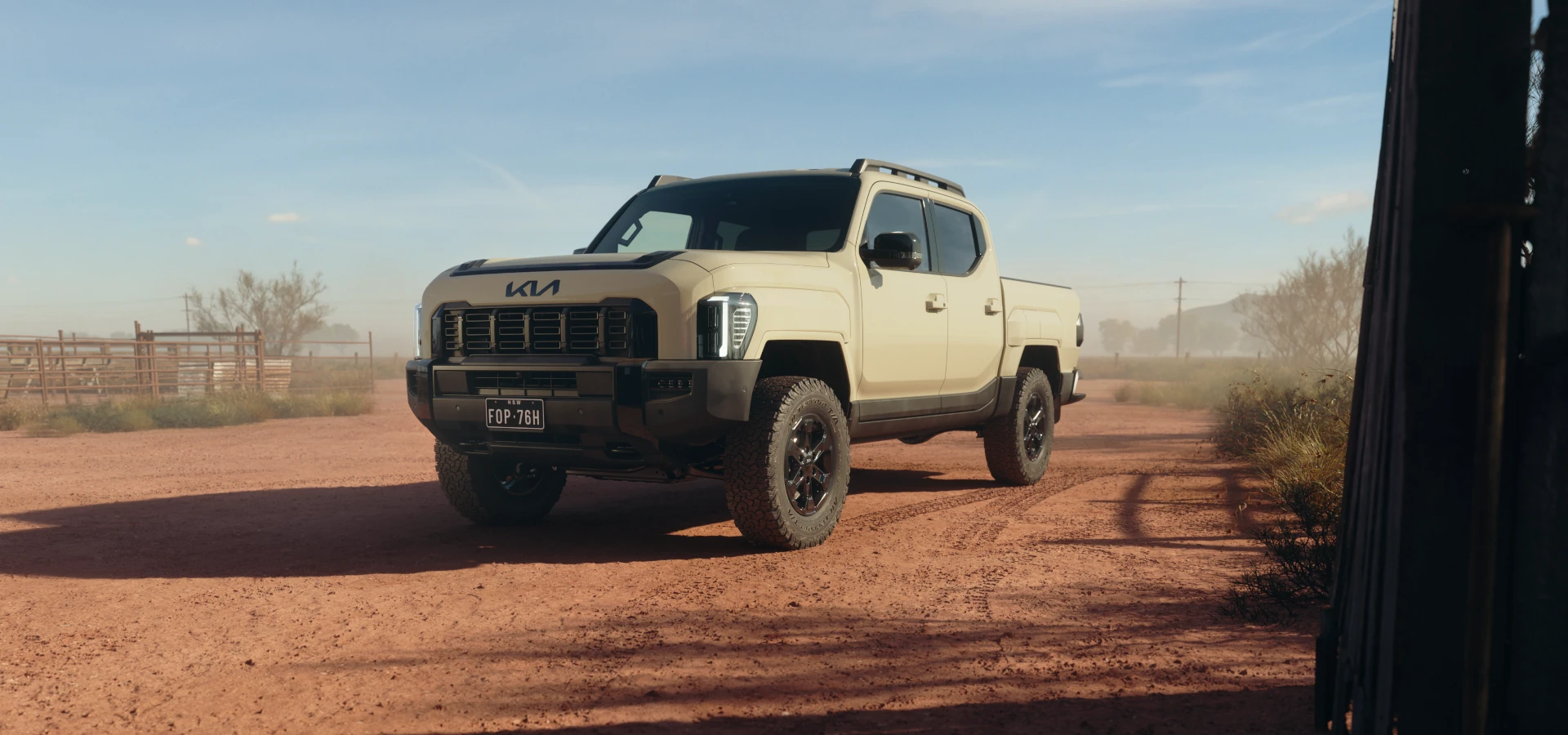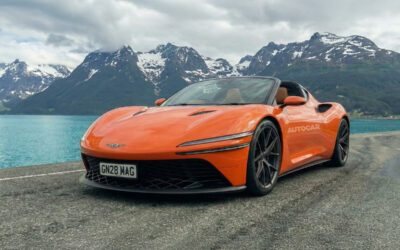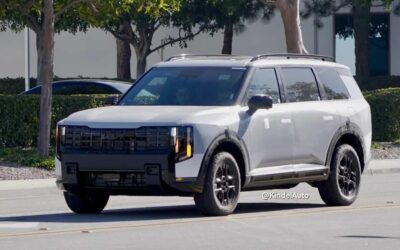When Kia introduced the Tasman, it was billed as the brand’s bold step into Australia’s fiercely competitive dual-cab ute market — a sector long dominated by the Toyota HiLux, Ford Ranger, and Isuzu D-Max.
Kia’s promise was clear: a tough, stylish, and well-equipped ute built specifically for Australian conditions. But several months after its launch, the Kia Tasman is falling short of expectations. Despite strong early hype and thousands of pre-launch reservations, sales have been slower than projected, and industry analysts now question whether Kia’s first ute can live up to its lofty ambitions.
Slow Sales and Missed Targets
According to industry reports, Kia aimed to sell 10,000 Tasman units in Australia within its first year, but actual deliveries have been far below expectations — with estimates suggesting fewer than 2,500 units sold since launch.
By comparison, Ford Ranger and Toyota HiLux continue to dominate, often selling more than 4,000 units per month. This stark contrast highlights how difficult it is for a new entrant to compete in a segment where brand trust and durability are paramount.
Despite a positive initial buzz, Kia dealers have reportedly seen inventory build-up and discounts introduced earlier than planned to stimulate demand.
Pricing and Positioning Missteps
Kia entered the market with premium-priced variants first, focusing on the dual-cab, automatic, 4×4 trims that appeal to lifestyle buyers. However, Australia’s ute segment still relies heavily on fleet and trade customers, who prioritize affordability and practicality.
Without the more affordable single-cab and cab-chassis versions available at launch, Kia effectively excluded a key portion of the ute-buying audience. The brand has since confirmed that lower-spec variants are on the way — but the delay may have cost them crucial early momentum.
Styling and Design Criticism
While Kia’s bold design language has worked well for models like the EV9 and Sportage, the Tasman’s styling hasn’t resonated as strongly with Australian ute buyers.
Some critics have called the design “too car-like” or “over-styled”, with feedback describing its front fascia as “blunt-nosed” and lacking the rugged aesthetic that defines traditional work utes. Kia has already hinted that a mid-cycle facelift could address these concerns — but that won’t come until 2026 or later.
In a market where visual toughness directly affects buyer perception, first impressions matter — and the Tasman’s look has proven divisive.
Limited Variants and Engine Choices
Another factor hampering the Tasman’s success is its limited drivetrain lineup. Australian buyers currently only have access to a diesel automatic 4×4 configuration, while petrol and manual options — available in other regions — have not yet reached local showrooms.
This lack of choice has turned off some buyers who prefer manual transmissions for work applications or who want lower-cost petrol alternatives.
Furthermore, Australia’s evolving New Vehicle Efficiency Standard (NVES) regulations have complicated Kia’s long-term engine strategy, forcing the brand to reconsider future powertrains to remain compliant and cost-competitive.

The Tasman Single Cab & Single Chassis Cab are coming very soon
Dealer and Marketing Challenges
Kia’s initial marketing rollout for the Tasman also faced setbacks. A planned national roadshow to showcase the ute across regional Australia was reportedly cancelled due to limited vehicle supply, reducing early public exposure.
In addition, some dealers reported stock shortages or delayed demo units, making it difficult for customers to test drive the Tasman in the critical early months after launch.
While online interest was high, the lack of physical availability at dealerships slowed conversion rates from curiosity to actual sales.
Entrenched Rivals and Buyer Loyalty
The Australian ute market is notoriously difficult to break into. The Toyota HiLux, Ford Ranger, and Isuzu D-Max have spent decades building reputations for toughness, reliability, and resale value.
Even strong newcomers like the LDV T60 and GWM Cannon have needed years — and aggressive pricing — to gain traction. Kia, despite its recent global success, must prove that the Tasman can match the workhorse durability of established competitors before buyers fully trust it.
Kia’s Response and Future Outlook
Kia Australia has acknowledged that the Tasman’s start has been slower than hoped but insists the model has long-term potential. The company is reportedly accelerating plans to introduce:
- More affordable work-focused trims
- Single-cab and chassis variants
- Possible hybrid or electrified versions
- Design and feature updates to improve visual appeal and practicality
If executed effectively, these steps could help the Tasman gain ground in the coming years. Kia also remains committed to growing its dealer network, especially in rural regions where ute demand is strongest.





